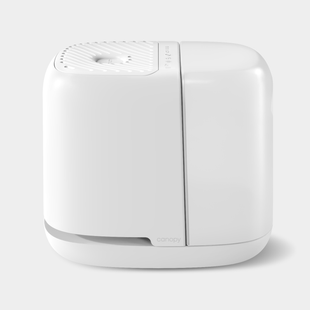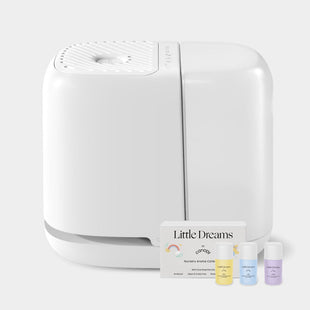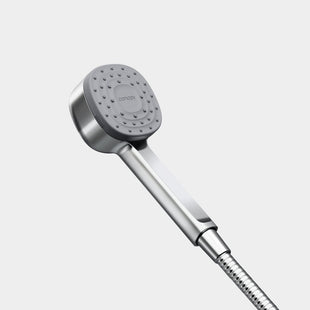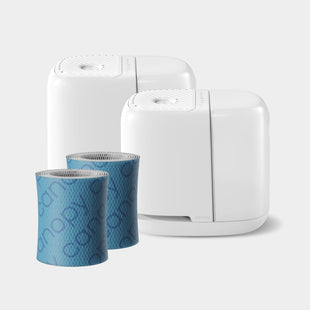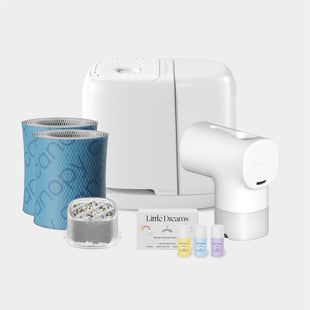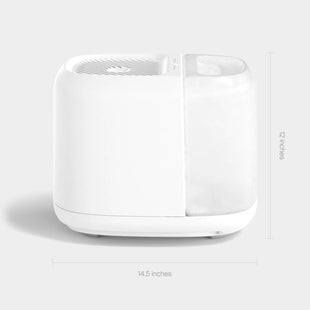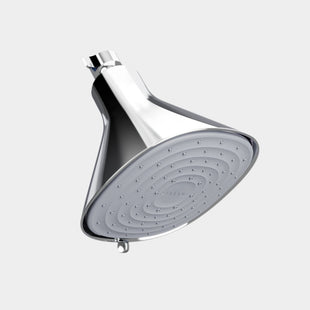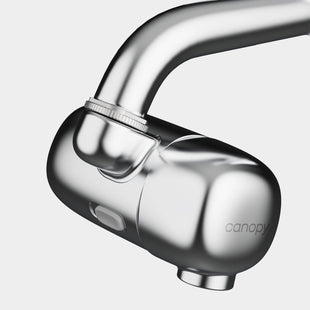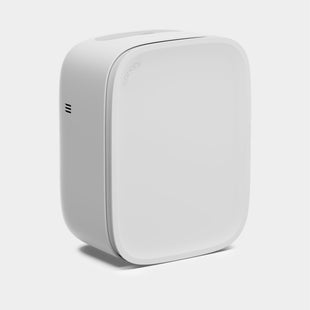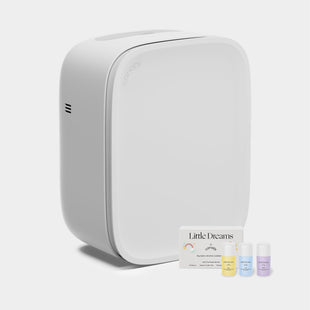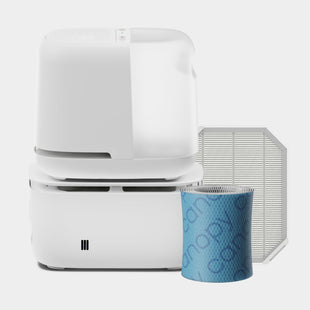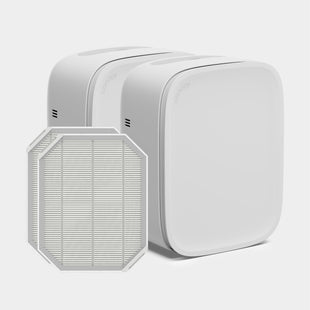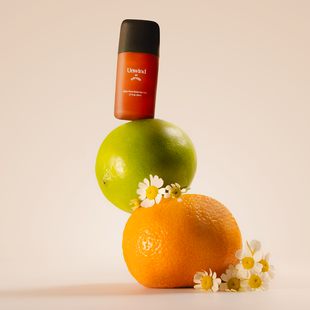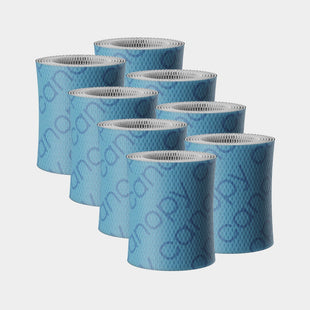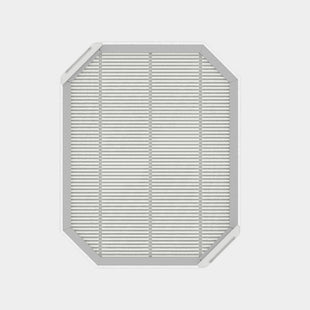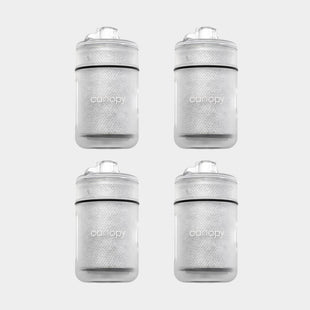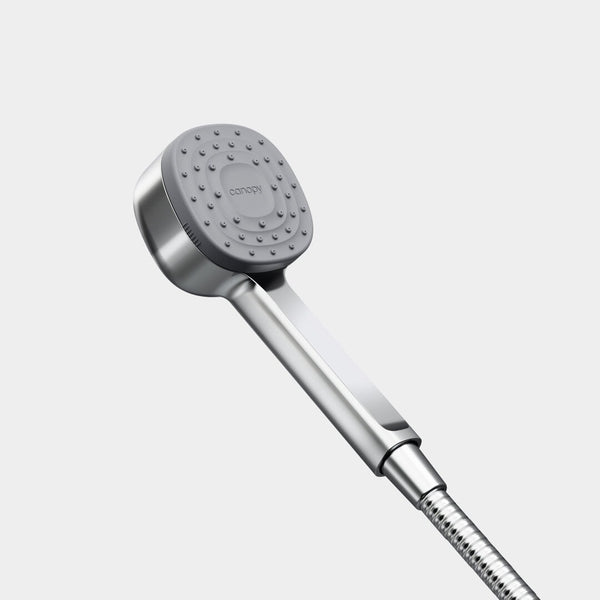When you live with arthritis, a nice warm shower can be just what you need to ease stiff joints and pain. But the condition can also make bathing more difficult. When a generally soothing activity becomes stressful, it’s no wonder many people feel like they don’t have the energy.
Fortunately, there’s no need to skip the morning shower. Let’s take a look at what causes shower struggles and how you can make your bathing routine more comfortable.
How Does Arthritis Affect Bathing & Skincare?
Arthritis can make a lot of activities more challenging, including skincare and showering. Those with osteoarthritis or rheumatoid arthritis often experience stiffness, swelling, and pain in the joints. This can make any action that requires flexing or extending joints unpleasant, and that includes motions like squeezing a bottle of shampoo or standing for long periods of time.
If you have psoriatic arthritis, long showers and hot water can lead to psoriasis flare-ups and itchy skin on top of joint inflammation. With all that movement and strain, joint pain after showers is common.
But this doesn’t mean showering is off limits. Today, there are plenty of tools available to make the process of getting clean easier and more accessible—and you might even find it more relaxing.
5 Tips for Showering With Arthritis
1. Use a Shower Chair
One of the most common and effective bathing aids for arthritis is a shower chair. Standing puts pressure on your knees and joints, and when you need to lean over or scrub hard-to-reach areas, balancing becomes tough. Sitting gives your joints a break and allows you to wash up safely and easily.
Shower chairs come in all shapes and sizes, so it should be simple to find one to fit your shower, no matter its size. You can even have special benches installed for shower stalls or clawfoot tubs.
2. Install Grab Bars

For many people with arthritis, getting in and out of the shower can be the hardest part. Adding grab bars to walls near shower doors and inside stalls provides a measure of safety and security.
Make sure to mount permanent grab bars, rather than the temporary suction cup variety. Suction grab bars aren’t intended to support an adult’s full body weight and can lose their adhesion over time, especially in humid environments.
3. Wash With Long-Handled Body Scrubbers
When you’re washing up, scrubbing with a washcloth or sponge can be uncomfortable and lead to joint pain after showers. Devices with extra-long handles make it easier to scrub areas that are normally difficult or painful to reach. Whether you prefer loofahs, brushes, or sponges, there’s a long-handled version that makes cleaning up a breeze. You can even find scrubbers with ergonomically curved handles for a more comfortable grip.
4. Use Warm & Cold Water Strategically
Heat and cold therapy have long been used to treat symptoms of arthritis. They’re generally considered safe and effective methods as long as you limit exposure and keep temperatures in a safe range. For example, you should avoid using hot water, which can dry out and irritate skin, and you should limit cold therapy to no more than 20 minutes to avoid the risk of nerve and tissue damage.
How do heat and cold therapy work? Heat therapy is thought to help by expanding blood vessels and improving blood flow, delivering much-needed oxygen and nutrients to sore joints. It can also help relax stiff joints and muscles and improve flexibility.
Cold therapy has the opposite effect. Chilly temperatures constrict blood vessels and slow down blood flow, which may help to ease swelling and inflammation.
One of the major benefits of heat and cold therapy is that they’re easy to do at home. A warm shower or bath can be useful for treating stiffness, while ice baths are more effective on painful or swollen joints. For this reason, many people with arthritis find it helpful to alternate between the two temperatures, depending on their symptoms.
Experts recommended skipping heat therapy if you’re experiencing a flare-up since it can further aggravate existing inflammation. Additionally, if you plan to switch between hot and cold, it’s a good idea to wait a few hours between sessions.
5. Get a Handheld Showerhead
Among common bathing aids for arthritis, one underrated tool is the handheld showerhead. Detachable showerheads offer versatility and ease of use, allowing you to rinse yourself off in a chair or the position you feel most comfortable in, instead of having to position yourself under a regular showerhead.
Consumers have long demanded more accessible tools for showering because bathing is an important part of everyone’s daily routine—and products designed with accessibility in mind make life easier. That’s why Canopy proudly offers a fully ADA-compliant Handheld Filtered Showerhead. It’s easy to install, easy to maneuver, and beneficial for those with arthritis.
Our proprietary tri-media filter removes contaminants that can irritate sensitive skin, helping ease psoriatic arthritis symptoms while providing hydration for extended relief. These showerheads also offer excellent water pressure, which can help relax muscles and improve joint mobility. Even better, the filter is designed for easy, hassle-free, tool-free replacement. Canopy’s handheld filtered showerhead is a great investment for increased comfort, skin health, and accessibility.


